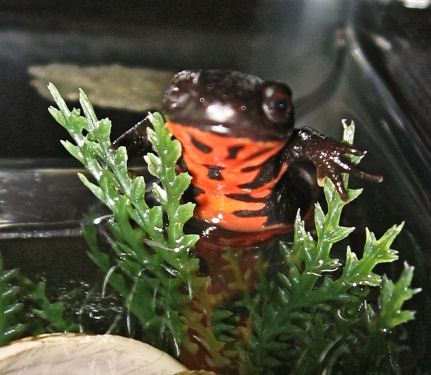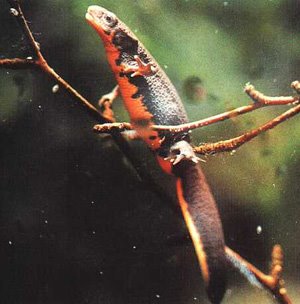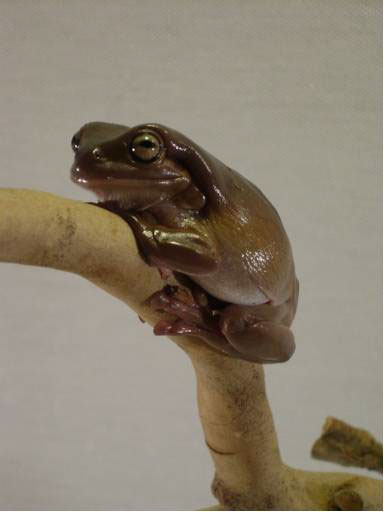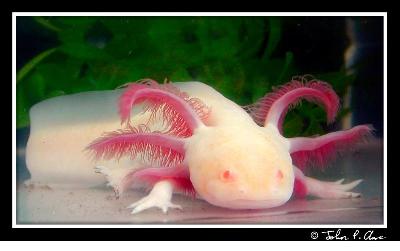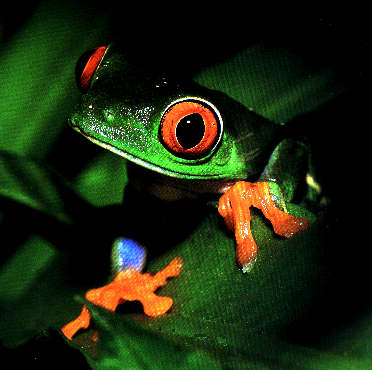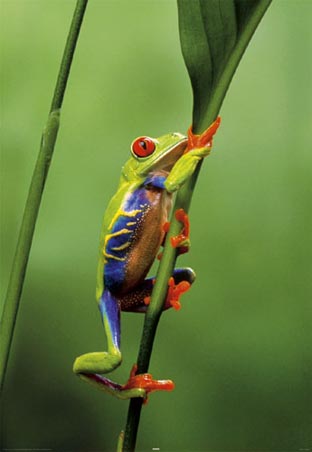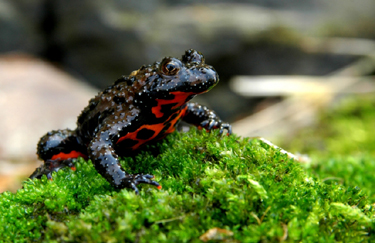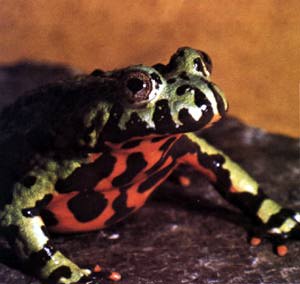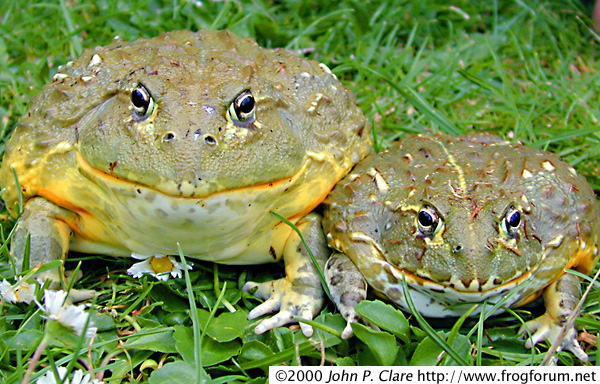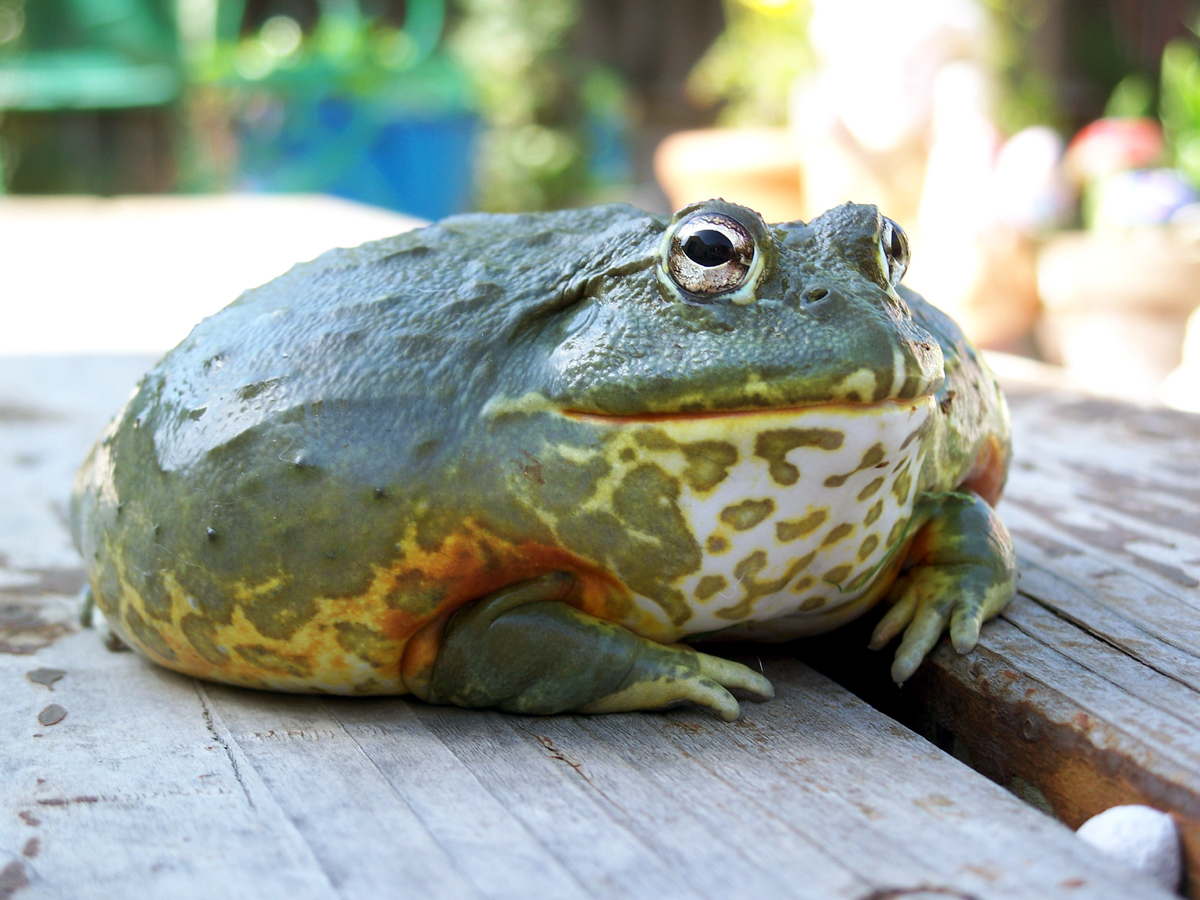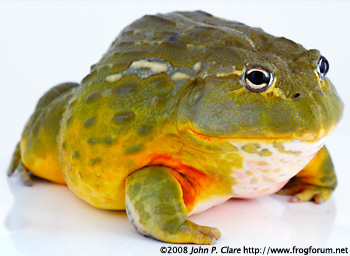Bamboo
Well-Known Member
So this is going to be the amphibian version of the snake (http://www.jorats.com/forum/viewtopic.php?f=46&t=16531&p=226186#p226186)and lizard caresheet threads. (http://www.jorats.com/forum/viewtopic.php?f=46&t=16516&p=226175#p226175) I was originally going to make this a collection of amphibian and arachnid caresheets, but then I decided to make the two into seperate threads, just because I don't want anyone who is afraid of spiders to feel like they have to avoid the amphibians...besides, there's really no reason for them to be together so I don't know why I was orginally inclined to put the two together lol.
Anyways, like the other two threads this first post will have a list of abbreviations, etc. and I will also include a few general care tips that apply to most amphibians. I will be almost contantly be coming back and adding little hints that I forgot to put in the first time, so that's why all the other first posts (and eventually this one) will be edited tons of times lol.
*Chytrid Fungus is an low temperature (15-23C/59-73F) aquatic pathogen that is often fatal to amphibians. It has devastated many wild populations and has been a major factor in the extinction of several species. It is spread through water and contact with other amphibians that are infected. Captive animals can still get chytrid fungus! Infected animals will go through many physiological and behavioral changes. The fungus will first affect the skin by microscopically eating away at it. This will create a burning sensation for the animal, so it will try to ease the pain by soaking. Many will not leave the water at all, and will just stay there until they die. (The majority of animals that have been found dead in the wild have been found in bodies of water. Unfortunatly, all this does in infect the water and any amphibian that comes in contact with it will also become infected.) Upon closer inspection, the skin will appear dry and streched. The belly will likely be red and irritated looking. The body will also look bloated because the fungus will start to use up the body's calcium, which causes fluid retention. The animal will also be much more sensitive to touch and handling. As it spreads through the body, the fungus will get into the animal's nervous system. This will cause slowed breathing, toe curling, head-tucking, and limb paralysis. Once this has happened, the animal is beyond help and will soon die.
The best thing you can do about Chytrid is prevent it. If your amphibians live in the correct temp zone (15-23C/59-73F) soak them for 5 minutes in a solution of 1 part Betadine http://www.betadine.com/ to 100 parts water 2 or 3 times a week. If you get a new animal, quarantine it for up to 2 months. For the first 2 weeks, give it daily 5 minute soaks in the previously mentioned solution. It would also be advisable to only handle the new animal with disposable gloves.
If you find that you have an infected animal you could still be able to save it, if it's not too late.
Heating:Heat the enclosure up to 35C/95F for 4 hours once a day, then return to the animal's normal required temps.
Soaking: Mix up a solution of 10 squirts of Lamasil AT Athlete's Foot Spray http://www.lamisilat.com/what-does-lamisil-offer/lamisil-spray/index.html and 200 mls of water. Soak the animal for 5 minutes daily for 10 days. (Completely sterilize the enclosure before putting the animal back into it)
Disinfecting the enclosure: If the normal enclosure is large and elaborately decorated it would be best move the animal to a smaller, temporary enclosure. Disinfect everything with bleach and rinse well. Spread Betadine over all surfaces with a towel for several minutes. Rinse well and dry. Any plants (live or fake) should be destroyed. Any wooden perches should be soaked in a solution of 1 part Betadine and 3 parts water for 2 days.
Disposable gloves should be worn whenever handling the animal and any infected cage decore etc. Remember: Chytrid spreads through water, so be very careful with waste water. DO NOT just dump it down the drain! Waste water should be bleached (1 part bleach to 9 parts water) for 24 hours before it is safe to go through the sewage system. Also, anything that is being disposed of should be burned[spoiler:qt7p737l]Unfortunately, this includes any animals that die[/spoiler:qt7p737l] I know this all seems very extreme, but it's nessicary to prevent the spread of this fungus.
The above treatment methods are not always successful, but there is hope. Last March there was a break through discovery involving a possible cure for Chytrid: http://www.jmu.edu/news/madisonscholar/ReidHarris.shtml
Please note that Chytrid is NOT dangerous for humans and other warm-blooded creatures. However we can still spread it.*
I'm not trying to scare anybody away from getting an amphibian. If all precautions are taken, chytrid shouldn't be a problem. Amphibians are awesome animals to keep. They come in all colours, forms and they all have awesome personalities. Just to lighten the mood a bit I'll include some pictures of some of the species who will be getting caresheets put up here in the near future and to show the fun side of keeping amphibians :mrgreen:
Note: Rather then have the sub-topic Substrate this section will have Landscaping. This is because the majority of amphibian habitats need to be either aquatic or semi-aquatic. However unless otherwise noted, even the aquatic species require land availible to them. So the Landscaping section will tell you how much land and water the individual species need. Appropriate substrates will also be disscused in the Landscaping section. Also, here's the link to an awesome website that has a step-by-step guide that shows how to build a false bottomed enclosure. These are often recommended with aquatic/semi-aquatic species, just because it makes cleaning and maintenance a lot easier: http://www.victri.net/tanks/vivarium_2005-06-20.html


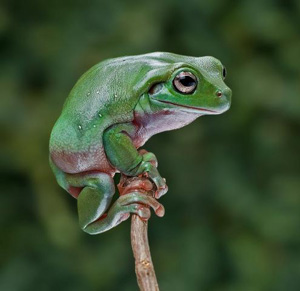
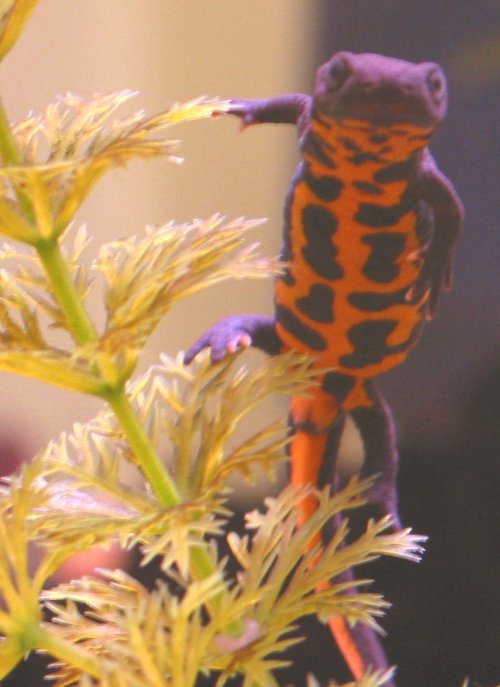
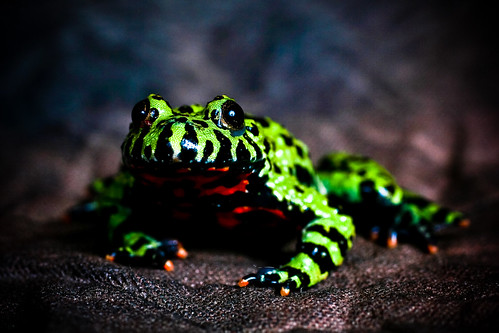
Anyways, like the other two threads this first post will have a list of abbreviations, etc. and I will also include a few general care tips that apply to most amphibians. I will be almost contantly be coming back and adding little hints that I forgot to put in the first time, so that's why all the other first posts (and eventually this one) will be edited tons of times lol.
- RETF = Red Eyed Tree Frog (Agalychnis callidryas)
Darts = Dartfrogs (Dendrobatidae)
WTF = White's Tree Frog (Litoria caerulea) (You thought I was going to say something else, didn't you :wink: )
FBN = Fire Bellied Newts (Cynops)
FBT = Fire Bellied Toads (Bombina)
Pyxie = Pyxie Frog/African Bullfrog (Pyxicephalus adspersus)
Chytrid = Chytrid Fungus: A highly contagious fungus fatal to amphibians *More info to follow*
*Chytrid Fungus is an low temperature (15-23C/59-73F) aquatic pathogen that is often fatal to amphibians. It has devastated many wild populations and has been a major factor in the extinction of several species. It is spread through water and contact with other amphibians that are infected. Captive animals can still get chytrid fungus! Infected animals will go through many physiological and behavioral changes. The fungus will first affect the skin by microscopically eating away at it. This will create a burning sensation for the animal, so it will try to ease the pain by soaking. Many will not leave the water at all, and will just stay there until they die. (The majority of animals that have been found dead in the wild have been found in bodies of water. Unfortunatly, all this does in infect the water and any amphibian that comes in contact with it will also become infected.) Upon closer inspection, the skin will appear dry and streched. The belly will likely be red and irritated looking. The body will also look bloated because the fungus will start to use up the body's calcium, which causes fluid retention. The animal will also be much more sensitive to touch and handling. As it spreads through the body, the fungus will get into the animal's nervous system. This will cause slowed breathing, toe curling, head-tucking, and limb paralysis. Once this has happened, the animal is beyond help and will soon die.
The best thing you can do about Chytrid is prevent it. If your amphibians live in the correct temp zone (15-23C/59-73F) soak them for 5 minutes in a solution of 1 part Betadine http://www.betadine.com/ to 100 parts water 2 or 3 times a week. If you get a new animal, quarantine it for up to 2 months. For the first 2 weeks, give it daily 5 minute soaks in the previously mentioned solution. It would also be advisable to only handle the new animal with disposable gloves.
If you find that you have an infected animal you could still be able to save it, if it's not too late.
Heating:Heat the enclosure up to 35C/95F for 4 hours once a day, then return to the animal's normal required temps.
Soaking: Mix up a solution of 10 squirts of Lamasil AT Athlete's Foot Spray http://www.lamisilat.com/what-does-lamisil-offer/lamisil-spray/index.html and 200 mls of water. Soak the animal for 5 minutes daily for 10 days. (Completely sterilize the enclosure before putting the animal back into it)
Disinfecting the enclosure: If the normal enclosure is large and elaborately decorated it would be best move the animal to a smaller, temporary enclosure. Disinfect everything with bleach and rinse well. Spread Betadine over all surfaces with a towel for several minutes. Rinse well and dry. Any plants (live or fake) should be destroyed. Any wooden perches should be soaked in a solution of 1 part Betadine and 3 parts water for 2 days.
Disposable gloves should be worn whenever handling the animal and any infected cage decore etc. Remember: Chytrid spreads through water, so be very careful with waste water. DO NOT just dump it down the drain! Waste water should be bleached (1 part bleach to 9 parts water) for 24 hours before it is safe to go through the sewage system. Also, anything that is being disposed of should be burned[spoiler:qt7p737l]Unfortunately, this includes any animals that die[/spoiler:qt7p737l] I know this all seems very extreme, but it's nessicary to prevent the spread of this fungus.
The above treatment methods are not always successful, but there is hope. Last March there was a break through discovery involving a possible cure for Chytrid: http://www.jmu.edu/news/madisonscholar/ReidHarris.shtml
Please note that Chytrid is NOT dangerous for humans and other warm-blooded creatures. However we can still spread it.*
I'm not trying to scare anybody away from getting an amphibian. If all precautions are taken, chytrid shouldn't be a problem. Amphibians are awesome animals to keep. They come in all colours, forms and they all have awesome personalities. Just to lighten the mood a bit I'll include some pictures of some of the species who will be getting caresheets put up here in the near future and to show the fun side of keeping amphibians :mrgreen:
Note: Rather then have the sub-topic Substrate this section will have Landscaping. This is because the majority of amphibian habitats need to be either aquatic or semi-aquatic. However unless otherwise noted, even the aquatic species require land availible to them. So the Landscaping section will tell you how much land and water the individual species need. Appropriate substrates will also be disscused in the Landscaping section. Also, here's the link to an awesome website that has a step-by-step guide that shows how to build a false bottomed enclosure. These are often recommended with aquatic/semi-aquatic species, just because it makes cleaning and maintenance a lot easier: http://www.victri.net/tanks/vivarium_2005-06-20.html









